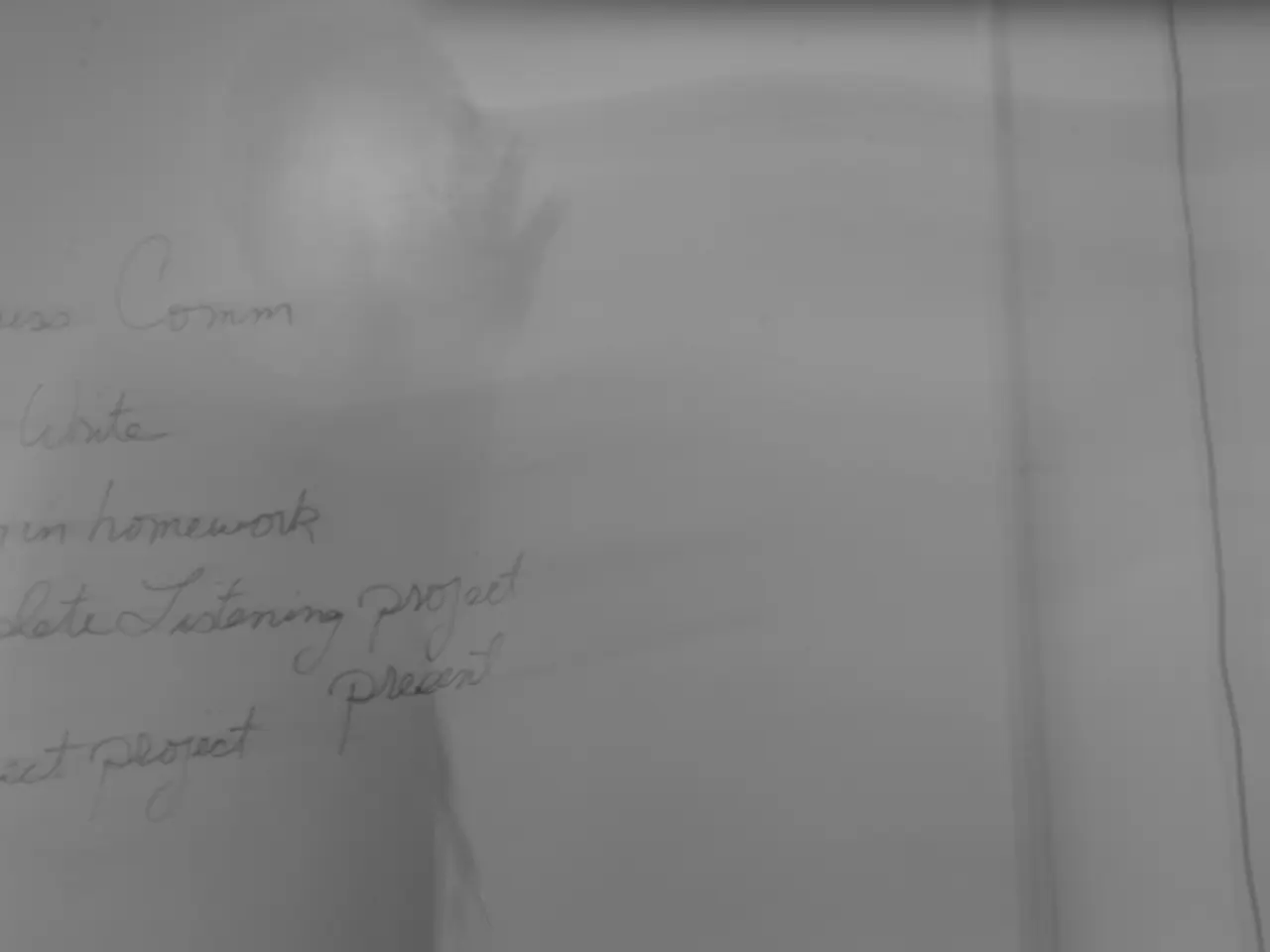Plagiarism: Its Nature and Harmful Consequences
In the realm of academia, the issue of plagiarism has been a persistent challenge. A survey by the International Center for Academic Integrity in March 2020 revealed that approximately one-third of undergraduate students admitted to cheating on exams.
Plagiarism, the act of passing off someone else's work as one's own, can take various forms. This can range from submitting someone else's paper, to copying ideas and phrases without crediting the source, falsifying citations, or even reusing one's own work without proper acknowledgement.
The consequences of plagiarism can be severe, depending on the school's honor code and the professor. These can include automatic zeroes on plagiarized assignments, automatic class failure, permanent letters in the student's records, academic dishonesty records for repeat violations, referrals to the school's academic honesty board, and even suspension or expulsion.
At many schools, self-plagiarism, which involves submitting the same paper in two classes or reusing material from old assignments in current work, is considered unethical and can result in similar consequences. For instance, Columbia University's self-plagiarism policy prohibits using any material portion of previously submitted work without proper citation and/or the instructor's express permission.
The onset of COVID-19 has seen rates of cheating and plagiarism rise sharply. Plagiarism jumped by 10% in the beginning months of the pandemic, as students navigated the challenges of remote learning.
False citations, another form of plagiarism, are one of the most common types of accidental plagiarism. They go against academic honesty policies and can be detected by plagiarism detectors that can distinguish between normal sourcing and suspicious material.
Paraphrasing without citing sources is also a form of plagiarism, as is copying someone else's work and putting it into one's own words without any acknowledgement.
When professors suspect plagiarism, they can review plagiarism software reports, search phrases from the paper, or meet with the student to ask questions.
The rise in plagiarism is a cause for concern, as it undermines the value of everyone's degree. Two in three teachers in the U.S. have noticed an increase in plagiarism or misuse of artificial intelligence in the past year, according to a survey of 336 U.S. educators, as reported by Youngstown State University.
As we navigate the evolving landscape of education, it is crucial to uphold academic integrity and foster a culture of honesty and originality. Plagiarism is unethical, violates academic honesty policies, and devalues college degrees.
Read also:
- Understanding Hemorrhagic Gastroenteritis: Key Facts
- Stopping Osteoporosis Treatment: Timeline Considerations
- Tobacco industry's suggested changes on a legislative modification are disregarded by health journalists
- Expanded Community Health Involvement by CK Birla Hospitals, Jaipur, Maintained Through Consistent Outreach Programs Across Rajasthan







